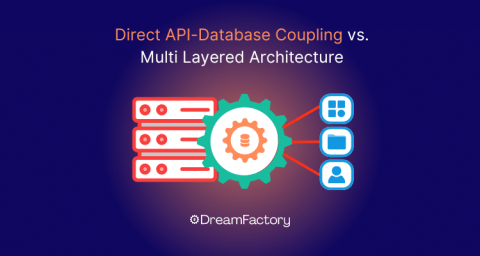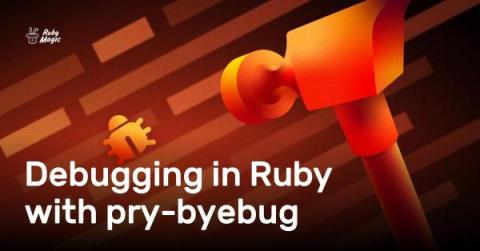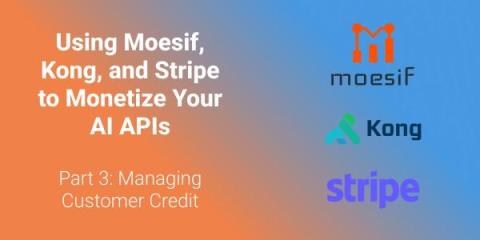Interview with Miguel Jetté, Vice President of AI at Rev
In this latest entry of our fascinating interview series that focuses on major players in the global tech arena, we are delighted to present Miguel Jetté, Vice President of Artificial Intelligence at Rev. Join us as we dive into his career development, provide tips for aspiring AI leaders, and discuss the key lessons he has learned along the way.











